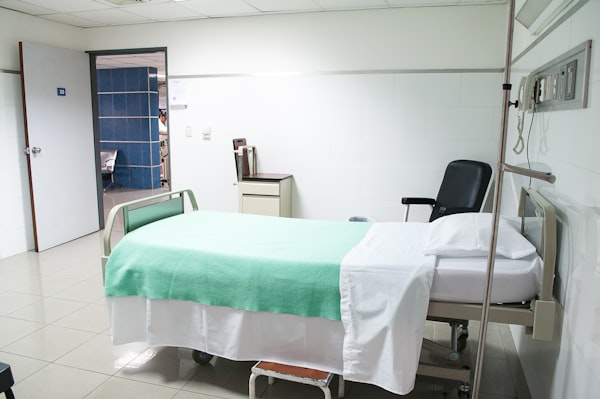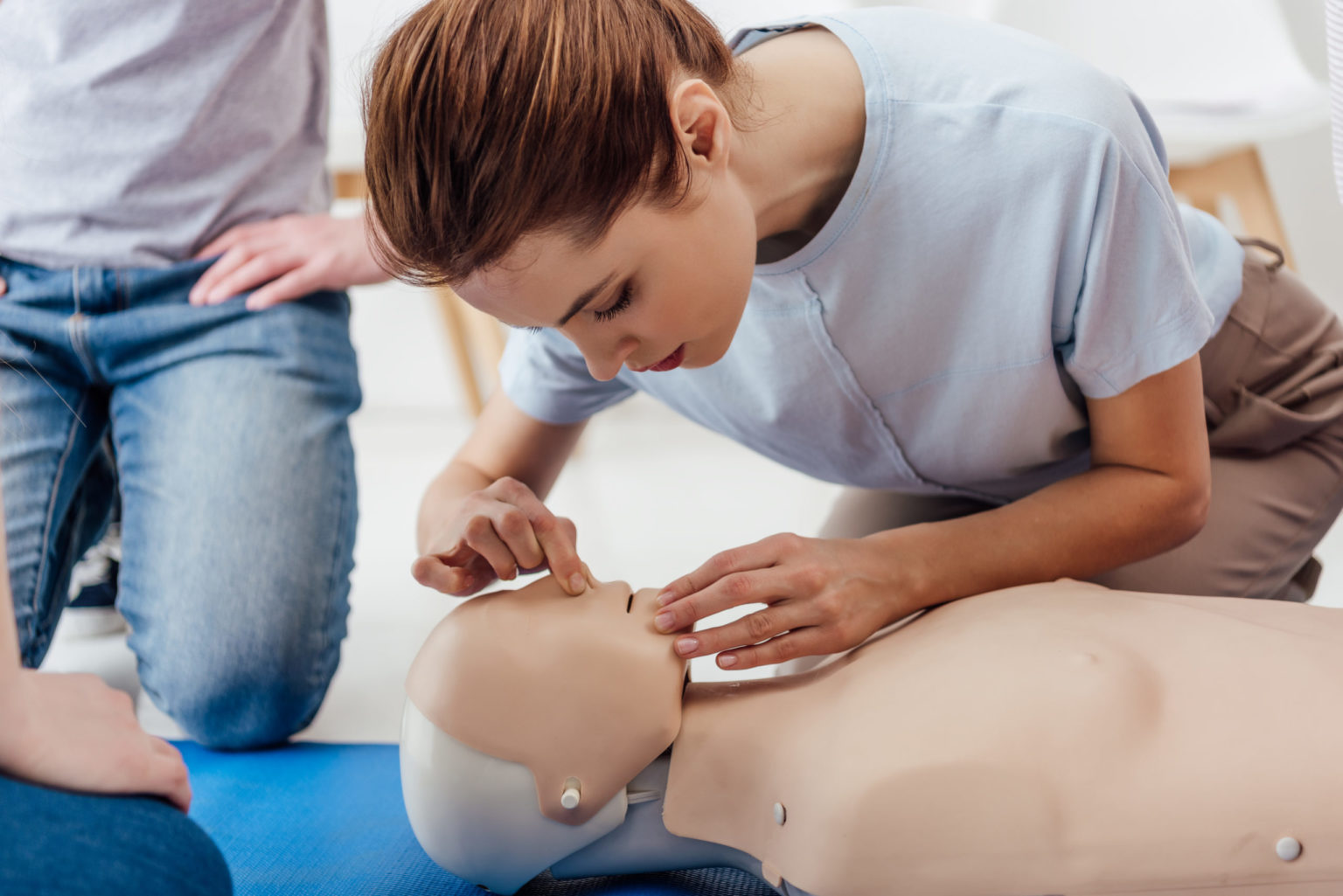When someone suffers a cardiac arrest, their heart stops beating. Cardiopulmonary resuscitation (CPR) is a lifesaving technique that can keep a person’s heart beating until emergency medical services arrive. CPR is simple to learn and can be performed by anyone. The American Heart Association (AHA) recommends that everyone learn CPR because it can be used to help people of all ages who suffer a cardiac arrest.
In a cardiac arrest, the person’s heart stops beating, and they stop breathing. Without CPR, the person will die within minutes due to a lack of blood flow and oxygen to other parts of the body. If performed correctly, CPR can keep the person’s heart beating and their blood flowing until qualified medical personnel arrives. CPR is performed by pushing on the person’s chest and breathing into their mouth. The AHA recommends 30 compressions and two breaths, repeated until the person starts breathing independently or help arrives.
CPR classes are offered in various formats ranging from online courses to in-person classes. If you are interested in becoming CPR certified, there are a few things you need to know. First, CPR certification is not just for healthcare professionals. In fact, there are a variety of CPR certifications available to the public. Second, CPR certification is not just for adults. There are CPR certifications available for children as well. It’s important that everyone learn life-saving CPR because you never know when you will be faced with an emergency. Let’s take a closer at how CPR can save lives.
Cardiac arrests often happen at home.

More than 350,000 cardiac arrests happen outside of hospitals each year. Out of those incidents, about 70 percent of those happen at home. Unfortunately, around half of the people who suffer a cardiac event at home don’t get the help they need before an ambulance arrives. As a result, about 90 percent of people who go into cardiac arrest outside the hospital pass away. However, when CPR is administered in the early minutes of a cardiac event, the odds of survival can double or even triple. Since the majority of cardiac arrests occur inside of the home, the odds of being faced with such an emergency are very high. If you don’t know CPR, you might not be able to assist a loved one or someone you know.
CPR is versatile.
While the majority of life-saving measures are rendered on cardiac arrest patients, CPR can be used in many different situations. CPR is not just for cardiac arrests. It is an emergency lifesaving technique that is used to help someone who is not breathing or who has lost consciousness. CPR can also be used to help someone who is choking, has suffered a seizure, or is in shock. As a result, CPR is a versatile skill that can be used to save lives in numerous emergency situations. No matter if an incident occurs at the park, in the pool, at the shopping mall, or at your office, CPR training will help you properly respond no matter the situation.
CPR keeps the blood pumping.

When someone’s heart stops beating, the lack of oxygenated blood can cause brain damage in just a few minutes. CPR can keep the person’s blood flowing and give them a chance to get to a hospital. Chest compressions are the most important part of CPR and are done by pushing down on the person’s chest at a rate of 100-120 compressions per minute. You should use enough force to depress the chest by at least two inches. Rescue breaths are done by giving two breaths into the person’s mouth. You should make sure their head is tilted back, and their chin is up, and then blow into their mouth for about one second. Using the combination of chest compressions and mouth-to-mouth resuscitation, CPR can help keep a person alive until help arrives.







